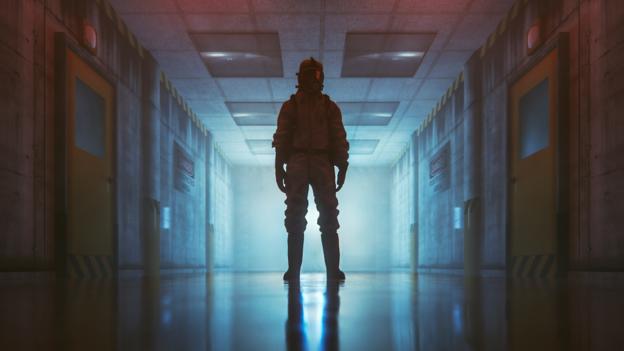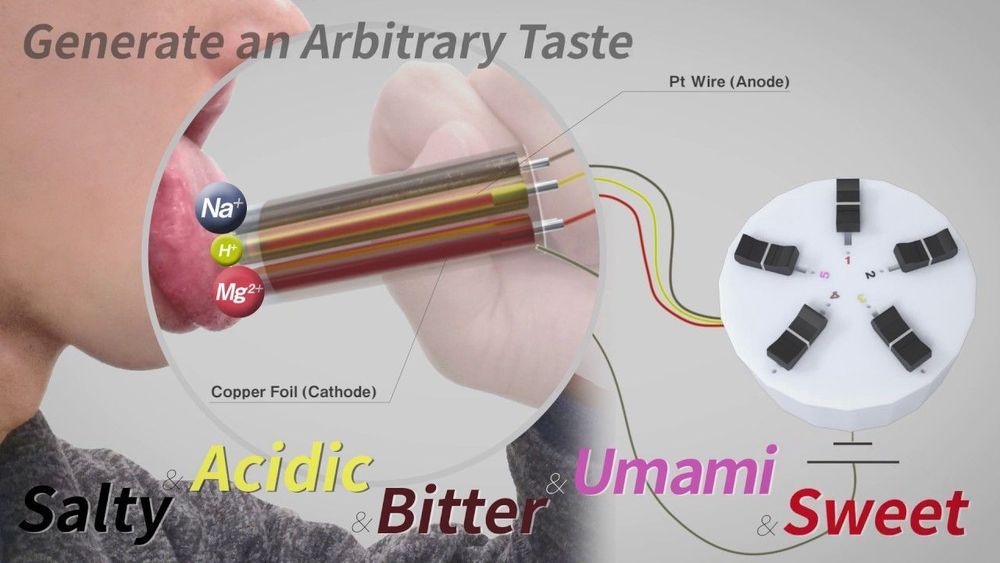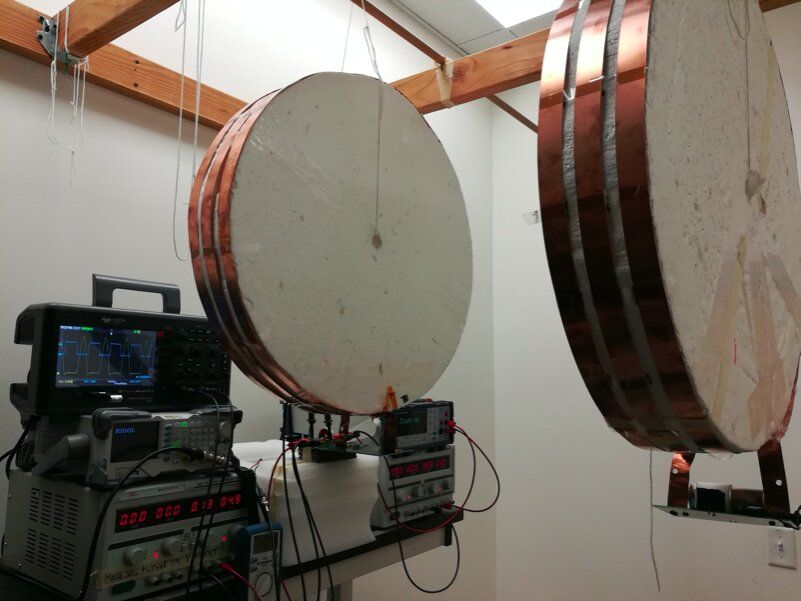May 30, 2020
This Camera Captures the Speed of Light
Posted by Quinn Sena in categories: electronics, particle physics
Circa 2011
Scientists at M.I.T’s Media lab have created a camera that can capture the speed of light, taking a photo in less than two-trillionths of a second. Using multiple cameras, sensors, a pulse light source and mirrors, the researchers create slow motion movies of light moving through objects and liquids. They call the technique femto-photography. “We have built a virtual slow motion camera where we can see photons, or light particles through space,” said Associate Professor Ramesh Raskar in an video interview. “Photons travel about a million times photons travel a million times faster than bullets. So our camera can see photons, or bullets of light traveling through space.”
Continue reading “This Camera Captures the Speed of Light” »

















